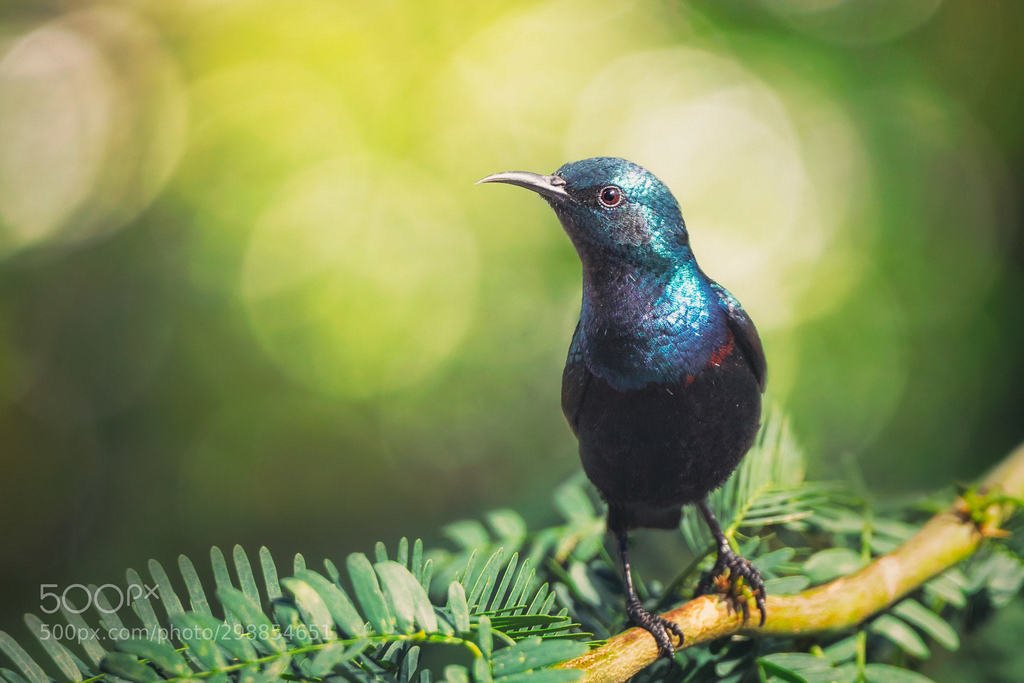Breathtaking Gorilla Trek Excursions in Bwindi.
October 12, 2019How to choose a gorilla trekking sector in Bwindi Impenetrable Forest National Park
May 19, 2022Just in the western part of Uganda, you find Queen Elizabeth National Park, one of the prominent parks to visit for great Wildlife encounters. This park spans three districts including Kasese, Rubirizi, Kamwenge and Rukingiri.
Thousands of travelers from different regions of the World pack for this pack with interest of immersing its diverse Wildlife. This Park was established in 1952 as Kazinga national park but a visit by Queen Elizabeth II, this Park was renamed to Queen Elizabeth National Park to commemorate her visit.
Its area of 1978 square kilometers is occupied by tropical rainforests, Savannah, grasslands, woodlands and swampy areas.
All when combined – it boasts lush habitats that favor varied Wildlife species. Wildlife mainly includes wild animals, primates, reptiles, insects and different bird species.
Queen Elizabeth National Park is majorly made up of four different parts including Kasenyi plains, Mweya Peninsula, Maramagambo forest and Kayambura gorge. These are the key areas to spot Queen Elizabeth’s rich Wildlife.
Travelers from Kampala reach Queen Elizabeth National Park in western Uganda by two options including Road and air transport means.
By road – it takes about 7-8 hours for the drive from Kampala up to the suburbs of Queen Elizabeth via Kampala – Masaka – Mbarara highway. Stopover is included in Mbarara to have some lunch.
Rather than, road transport – you can transfer to Queen Elizabeth National Park by plane. Private charters are arranged on request from Entebbe airport up to Mweya airstrip in Queen.
Queen Elizabeth National Park is packed with captivating things to occupy your days while on a safari to this Park.
Launch trip cruise. Kazinga channel, part of Queen Elizabeth National Park is home to one of the largest concentration of hippos totaling to 5000 individuals.
You can have a launch trip cruise along the waters of the channel to behold these aquatic species. While on boat you will sight other species like crocodiles, monitor lizard, elephants, buffalos and thousands of water bird species. This cruise along the waters takes about 2-3 hours.
Chimpanzee tracking. This is one of the highlights for most safaris to Queen Elizabeth National park. This excursion lets you meet with these primates in the Jungles. A briefing is first conducted to emphasize on what to do and avoid while in the presence of chimpanzees.
After, you start the Journey to the Jungle. Search for these primates until you located them in the Jungles.
After discovering their presence, you are allowed in their presence for some time and after return to the lodge. While in Queen, you can do the tacking in Kyambura gorge or the nearby Kalinzu forest Reserve.
Game drives. Embark on a safari vehicle with pop up roof and drive around the park suburbs following the permanently established paths.
From the pop up roof, you will sight a number of Wild animals like elephants, buffaloes, lions, leopards, and other antelope species, primates and reptiles.
Game driving in Queen is possible in the ishasha sector to see the famous tree climbing lions. Kasenyi Plains, Mweya peninsula are other locales suitable for game drives.
Bird watching. Queen Elizabeth National Park is home to over 500 species of birds; therefore it’s not a surprise when listed among Uganda’s top destinations for bird watching.
These bird species include savannah, forest and water bird species. Birders are advised to go early in the morning or in the evening for variety of bird species including the rare ones.
The Black Bee-eater, Martial Eagle, White-tailed Lark, Verreaux’s Eagle Owl, Papyrus Canary, Corncrake, Lesser and Greater Flamingo, Shoebill, Bar-tailed Godwit, White-winged Warbler, Papyrus Gonolek, Black-rumped Buttonquail, African Skimmer, Chapin’s Flycatcher, Pink-backed Pelican, and African Broadbill are some of the few species in the Park.
Lion Research Tracking. You can either do this experience in the morning or late afternoon. The lion tracking research lasts for about two to three hours. It’s done twice a day – during the excursion, the GPS tracks those lions with radio-collars attached to their necks. After discovering the presence of one, you will learn about it and the researcher will take you through the behaviors of lions in Queen.
This experience is limited to few tourists per day; therefore it’s advised that you book in advance for anyone interested to be part of it.
